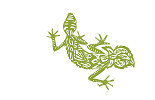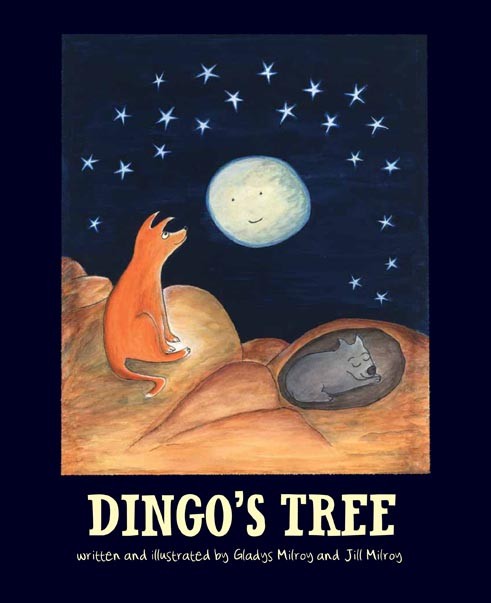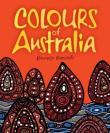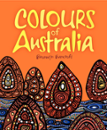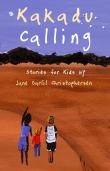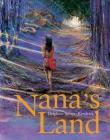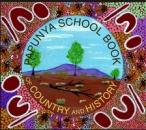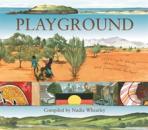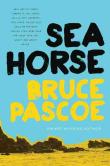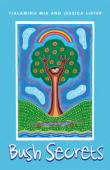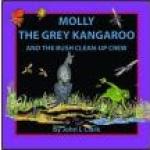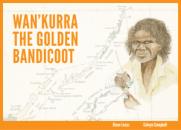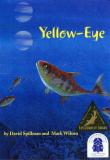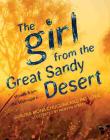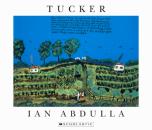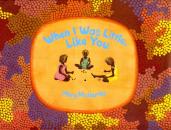AustLit
-
EDITORS: this Header component is linked to in the Explore section of the following WORK record(s): D'harawal Seasons and Climatic Cycles - EDITORS: this Header component is linked to in the Explore section of the following WORK record(s): Dark Emu : Black Seeds : Agriculture or Accident? - EDITORS: this Header component is linked to in the Explore section of the following WORK record(s): Yarning Strong Land Series - EDITORS: this Header component is linked to in the Explore section of the following WORK record(s): Dingo's Tree -
-
As Anita Heiss points out in her essay Aboriginal Literature for Children : More Than Just Pretty Pictures ,
There is far more to Aboriginal authored children's books than telling the expected Dreaming or creation stories through text and brightly coloured artwork [...] books in this genre have raised the bar in terms of the greater worth of children's literature and literature for young readers in Australia, with Aboriginal titles being increasingly defined by their social, cultural, historical and political value.
These texts are increasingly tackling narratives of conservation efforts to protect lands and animals in Australia, and including examples of sustainable practices of Aboriginal peoples both now, and in the past:
-
In Dark Emu : Black Seeds : Agriculture or Accident? Bruce Pascoe argues for a re-evaluation of the hunter-gatherer label for pre-settlement Australians. This work looks at colonial Australia and misrepresentations of Aboriginal culture in colonial histories. It clearly demonstrates the sustainable practices employed by Aboriginal people. In Living Alongside the Animals : Anangu Way, Eileen Wani Wingfield and Emily Munyungka Austin introduce readers to the animals of their country - Anangu country - the deserts of South Australia. The stories show interactions with animals, their cultural significance and sustainable hunting practices.
-
Picture books also offer ways to explore appreciate of nature, sustainable practices and ecology; such as in Gladys Milroy's Dingo's Tree, which explores the destructive forces of the mining industry and their impact on natural habitats. In Sam's Bush Journey, Sam learns to survive in the bush through an understanding of its ecology - he comes to love to walk in the bush with his grandmother.
-
In D'harawal Seasons and Climatic Cycles, Frances Bodkin shared stories of the D'harawal Peoples, and information on the seasons and climatic cycles of Dharawal Country. This book identifies the different seasons and the flora and fauna that flourish during these times. It lists the D'harawal name, common and scientific names of each species, accompanied by illustrations. It discusses differences to the European calendar and is informed by an understanding of sustainability.
-
Environmental issues are regularly part of narratives by Aboriginal authors and illustrators. Often though, they are not the main focus, but intrinsically tied to Country, stories about identity, living off and respecting the land, and land rights issues. Anthologies show the plethora of ways that land and the environment might inspire, influence, and inform stories. The Yarning Strong Land Anthology, for example, contains art, poems, plays, and prose exploring various types of engagement with the land, including colonial impact on the land, sustainable practices, food sources, and the D'harawal seasons calendar.
In the poetry collection, Crow Feathers : An Indigenous Collection of Poems and Images, there are a number of poems about environmental issues. For example, see Old Man Cassowary, in which the cassowary (an endangered species) witness the destruction of the rainforest through tree logging; and Mother Earth., which calls for people to change their habits and 'see the destruction'.
-
- From The BlackWords Essays
Heiss, Anita. Aboriginal Literature for Children: More than Just Pretty Pictures.
Heiss, Anita. BlackWords: Aboriginal Children's Literature about Country.
Heiss, Anita. BlackWords: Serious Issues for Young Readers.
-
From Teaching with BlackWords
See the 'Challenging the Terra Nullius of the Mind' lesson plans, resulting from the Teaching with BlackWords professional development day for teachers in 2016.
-
-
Australian Curriculum
See the Aboriginal and Torres Strait Islander Histories and Cultures in the Classroom Connections section of this project.
See also the section on cross-curriculum priority Sustainability.
-
Aboriginal Authors and Illustrators
In the section on Authors and Illustrators, you will will find more information on prolific Aboriginal authors writing and/or illustrating stories about the environment, Australian wildlife and land.
-
BlackWords
Explore BlackWords for environmental subjects written or illustrated by Aboriginal people. For example, click here for works about "environmental conservation" in BlackWords; here for works about subject term "Aboriginal relationship with the land" in BlackWords.
See also the Children's Trail.
-
-
-
You might be interested in...

